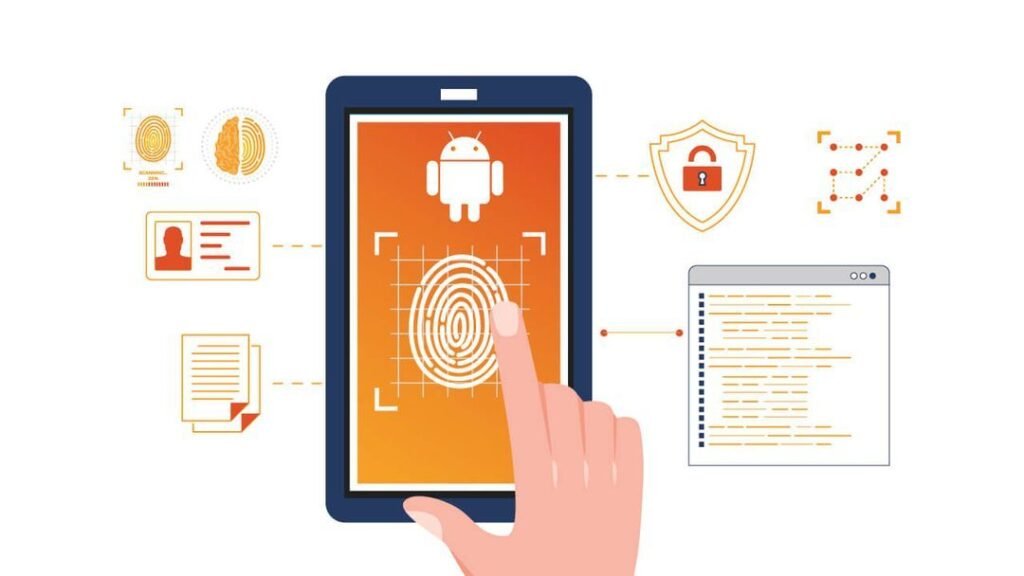Smart homes are becoming more common today. Many people use smart devices to make life easier. But with this rise in technology, safety is very important. How do we keep homes safe? One way is through biometric authentication. This method uses a person’s unique body features to allow access. It helps keep smart homes secure and private.
What is Biometric Authentication?
Biometric authentication means using body parts to identify someone. It can be a fingerprint, face, or even voice. These features are unique for every person. No two people have the same fingerprint or face pattern. This makes it hard for others to copy or fake.
Biometric systems scan a person’s body part. Then, they check if it matches saved data. If it matches, the person gets access. If not, access is denied. This is different from passwords or keys. Passwords can be forgotten or stolen. Keys can be lost or copied. Biometrics are safer and easier to use.

Credit: www.bayometric.com
Why Smart Homes Need Strong Security
Smart homes have many connected devices. These include lights, cameras, locks, and alarms. They make homes more comfortable and energy efficient. But they also bring some risks. Hackers or burglars may try to break in. They may try to control devices without permission.
Strong security is needed to protect homes and families. Biometric authentication adds a strong layer of protection. It helps make sure only trusted people enter the home. It also stops unwanted access to smart devices.

Credit: www.slideteam.net
Types of Biometric Authentication Used in Smart Homes
| Type | Description | Common Use in Smart Homes |
|---|---|---|
| Fingerprint | Scans unique patterns on fingertips. | Door locks, alarm systems, device access. |
| Facial Recognition | Uses face shape and features for ID. | Entry systems, cameras, voice assistants. |
| Voice Recognition | Identifies a person by their voice. | Smart speakers, voice commands, security alerts. |
| Iris or Retina Scan | Reads patterns in the eye. | High-security areas, advanced smart locks. |
How Biometric Authentication Works in Smart Homes
First, the system collects biometric data. For example, it scans a fingerprint or face. This data is stored securely in the system. Later, when someone tries to enter or use a device, the system scans again. It compares the new scan with stored data.
If the scan matches, the system allows access. If not, access is blocked. This process is fast and usually takes seconds. It is very hard to fool the system with fake prints or photos. This helps keep smart homes safe.
Benefits of Using Biometric Authentication in Smart Homes
- Better Security: It is hard to copy fingerprints or faces.
- No Passwords Needed: No need to remember long passwords.
- Easy Access: Unlock doors or devices quickly with a touch or look.
- Personalized Control: Different family members can have different access levels.
- Less Risk of Theft: Lost keys or stolen passwords are not a problem.
- Works with Smart Devices: Can control lights, alarms, or cameras securely.
Challenges of Biometric Authentication
Even though biometrics are helpful, some challenges exist. First, biometric sensors can be expensive. Not all smart homes can afford them yet. Second, sometimes sensors may not work well. Dirty fingers or poor lighting can cause errors.
Also, privacy is a concern. Biometric data is very personal. If stolen or hacked, it can cause problems. So, smart home systems must protect this data carefully. Using strong encryption and safe storage is important.
Future of Biometric Authentication in Smart Homes
The future looks good for biometrics. Technology is improving fast. Sensors are becoming cheaper and more accurate. More smart home devices will use biometric features soon. This will help keep homes safer without making it hard for users.
We may see new types of biometrics too. For example, walking patterns or heartbeat scans. These will add more ways to secure homes. Also, integration with artificial intelligence (AI) can make systems smarter. They can learn patterns and detect unusual activity better.
Tips for Using Biometric Authentication in Smart Homes
- Choose Reliable Devices: Buy from trusted brands with good reviews.
- Keep Data Safe: Use systems that encrypt biometric data.
- Regularly Update Software: Updates fix security problems.
- Have Backup Access: Use a PIN or key as a backup method.
- Train Family Members: Teach everyone how to use biometrics properly.
- Check Sensor Cleanliness: Keep sensors clean for better scans.
Frequently Asked Questions
What Is Biometric Authentication In Smart Homes?
Biometric authentication uses fingerprints or face scans to verify who can enter your home.
How Does Biometric Security Improve Smart Home Safety?
It stops strangers from entering by using unique body features for access.
Can Biometric Systems Prevent Home Break-ins Effectively?
Yes, they make it hard for intruders to fake identity and enter.
What Types Of Biometrics Are Used In Smart Homes?
Common types include fingerprint, facial recognition, and iris scanning.
Conclusion
Biometric authentication plays an important role in smart home security. It uses unique body features to control access. This makes homes safer and easier to use. While some challenges exist, the benefits outweigh them. As technology improves, more smart homes will adopt biometrics. It helps protect families and devices from unwanted intruders. Using biometric authentication is a smart choice for safe living.

